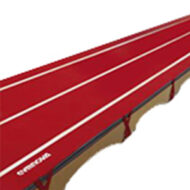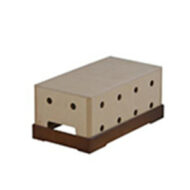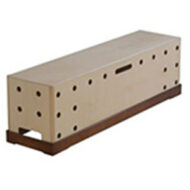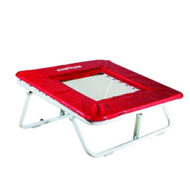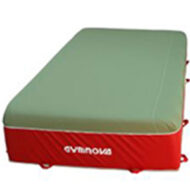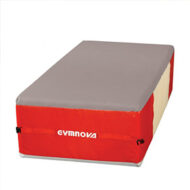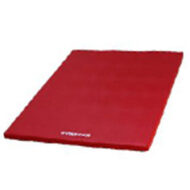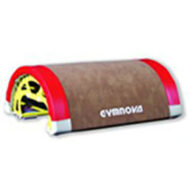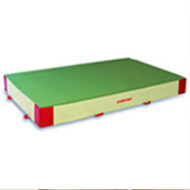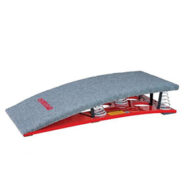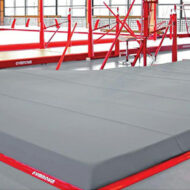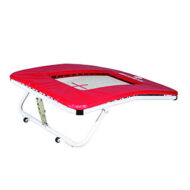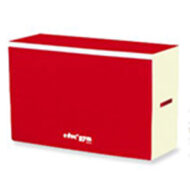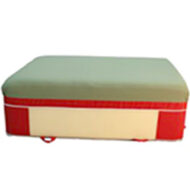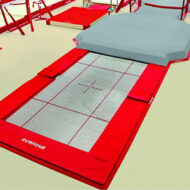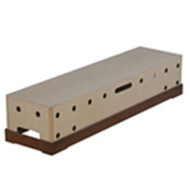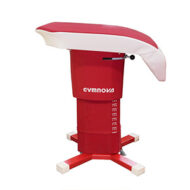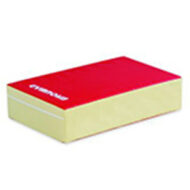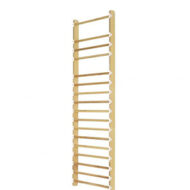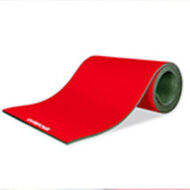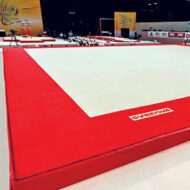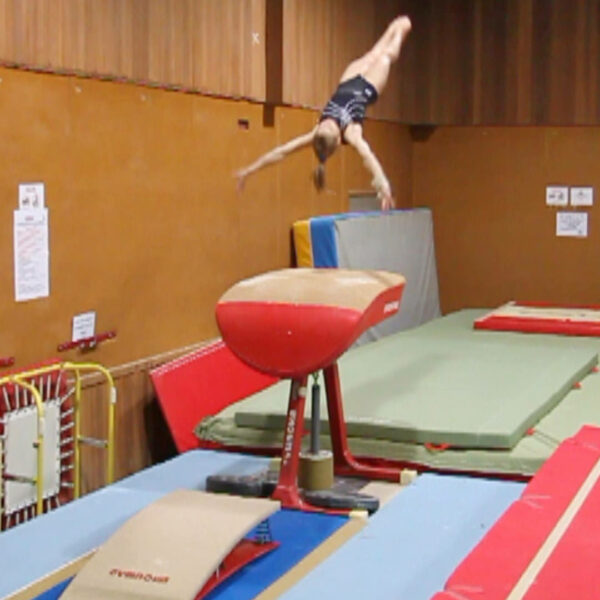Front handspring
How to approach and decode this basic artistic gymnastics vault



Angelo Ritorto
Front handspring
How to approach and decode this basic artistic gymnastics vault
description
How to tackle and figure out this foundational vault.
In this training, you'll find a complete analysis of this absolutely essential basic vault. We'll give you a chapter on the ideas that will help you to learn how to observe your gymnasts and give them different placements depending on their individual capacities.
We'll also give you a skill progression with almost 40 drills and comprehensive videos on the prerequisites and specific physical preparation for this vault.
You'll also find a video on spotting techniques and our "Live" segment, which presents 3 vaults with mistakes, analyzed in order to give options for correction.
Associated books
Let's Teach artistic gymnastics on Vault - Volume 1
Learn how to teach:
• Tuck jump • Handspring • Round-off • Half-on Half-off •
All the exercises needed to learn these technical elements, from their beginnings to the execution of complete skills
→ 154 exercises - 193 pages - Format 15 x 21 cm -
A note on the series of books, "Let's teach gymnastics":
• Our books are essential companions to the video training on the same topics that you find in the section "Gymnastics Education" here on GymneoTV.
• Their spiral binding and tabbed pages allow you to quickly find the skills you want to look at, and easily locate the drills and training stations.
• The summaries of technique and the large format illustrations made to scale make these books the ideal companions to your training sessions.
Our advice:
• For training session prep: thanks to the technique summary and icons at the top of each page, you can easily find the stations that match the current needs of your gymnasts. You can also anticipate the equipment needs for your upcoming session.
• During training: with the help of realistic images, you can save time by showing your gymnasts the drills to work on. They will also be able to help you set up the training stations and thanks to the illustrations, they'll more easily understand the task at hand.
• You will improve the constant exchange that you have with your athletes. In fact, when giving your instructions, the illustrations create common ground for discussions or reference points. They make it easy to understand and/or visualize technical placements, which makes it much easier to learn the element.
content
- Introduction
- The run: Some important concepts
- The hurdle: 4 actions to perform
- Repulsion on the springboard: What angle of attack?
- Some biomechanical concepts
- First flight phase
- Arm repulsion: How should the gymnast position herself in order to rebound?
- Second flight phase and positioning that is specific to the vault
- The landing
- Visual markers on the vault: Central and peripheral vision
- Introduction
- From straight jump to salto stretched
- Learning the second flight phase
- First inversions
- Inversions and takeoff on the springboard
- Exercises to improve inversion speed
- Drills on the large trampoline
- Initial feelings with the vault at the true height
- Executing the entire skill in a facilitating setup
- Exercises with short runs
- Overcoming the obstacle
- Different steps in the actual context
- The hurdle

